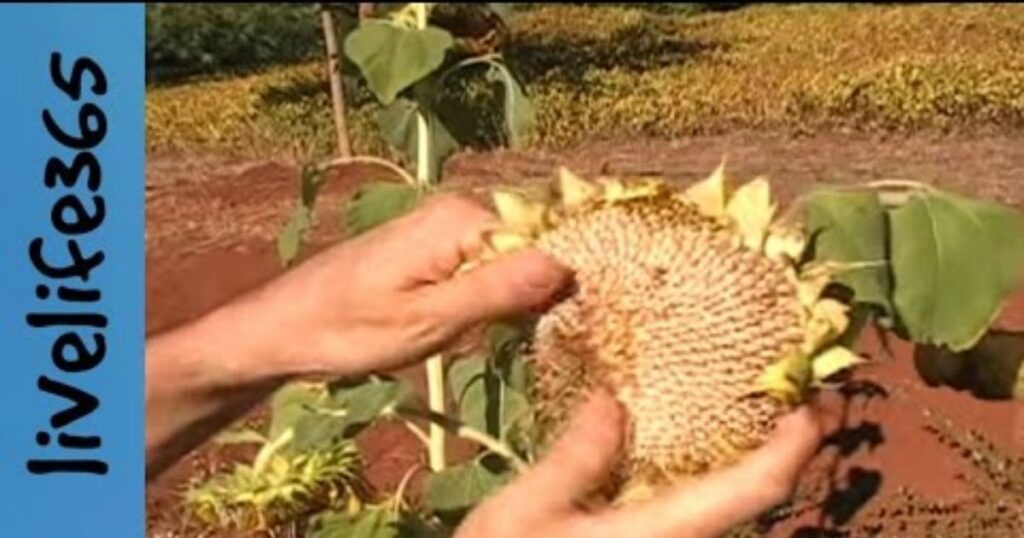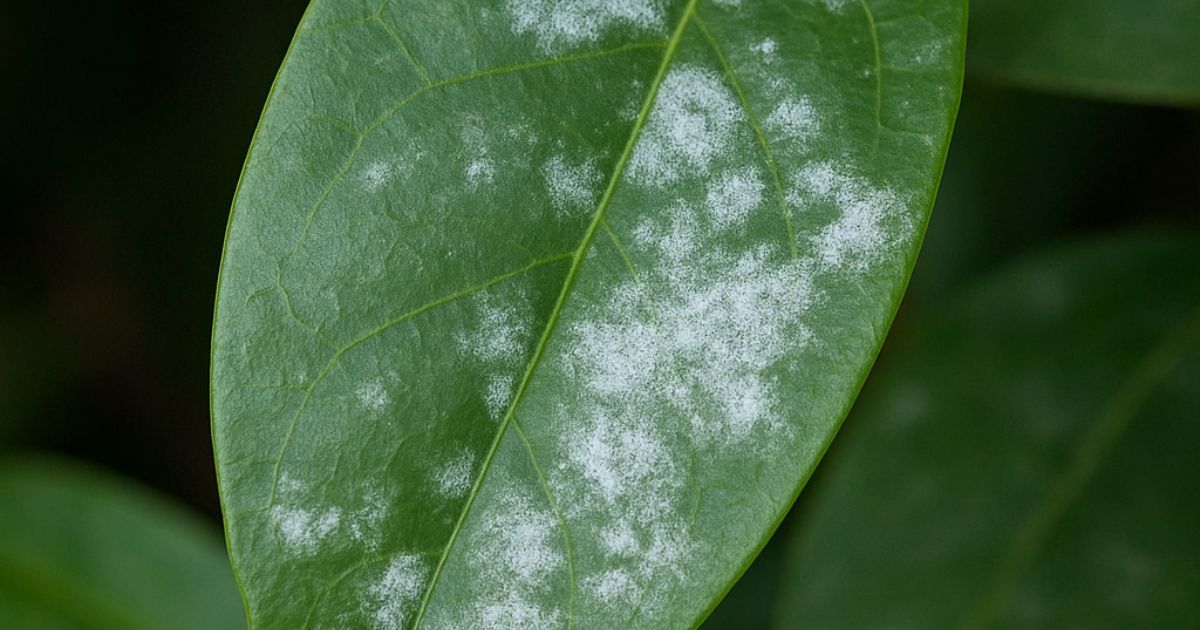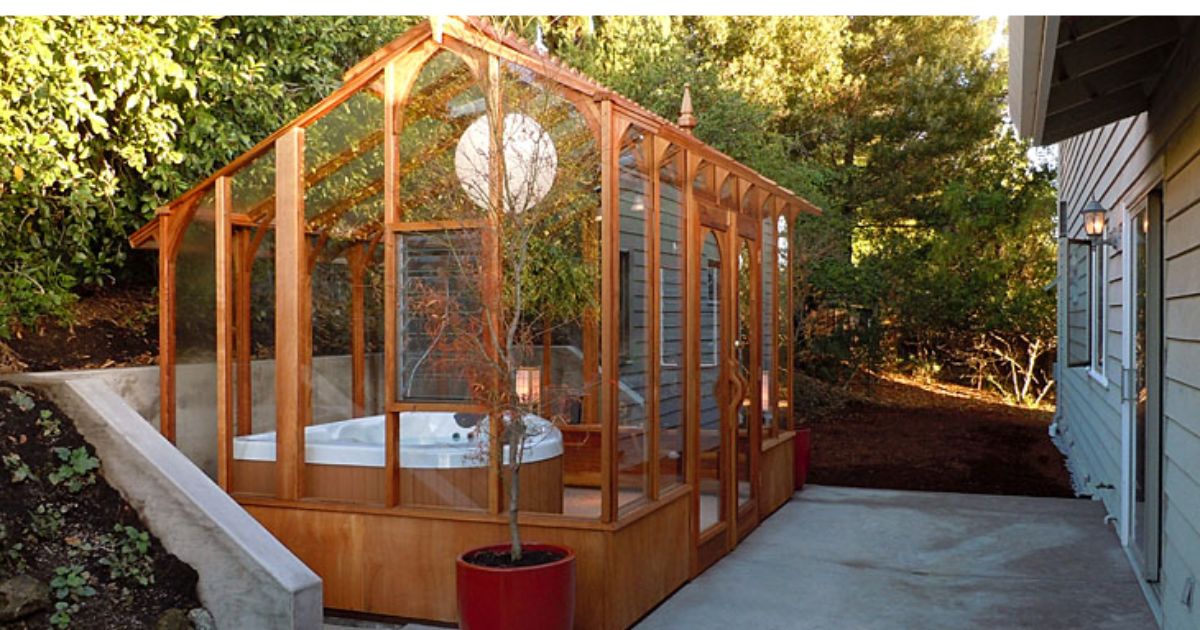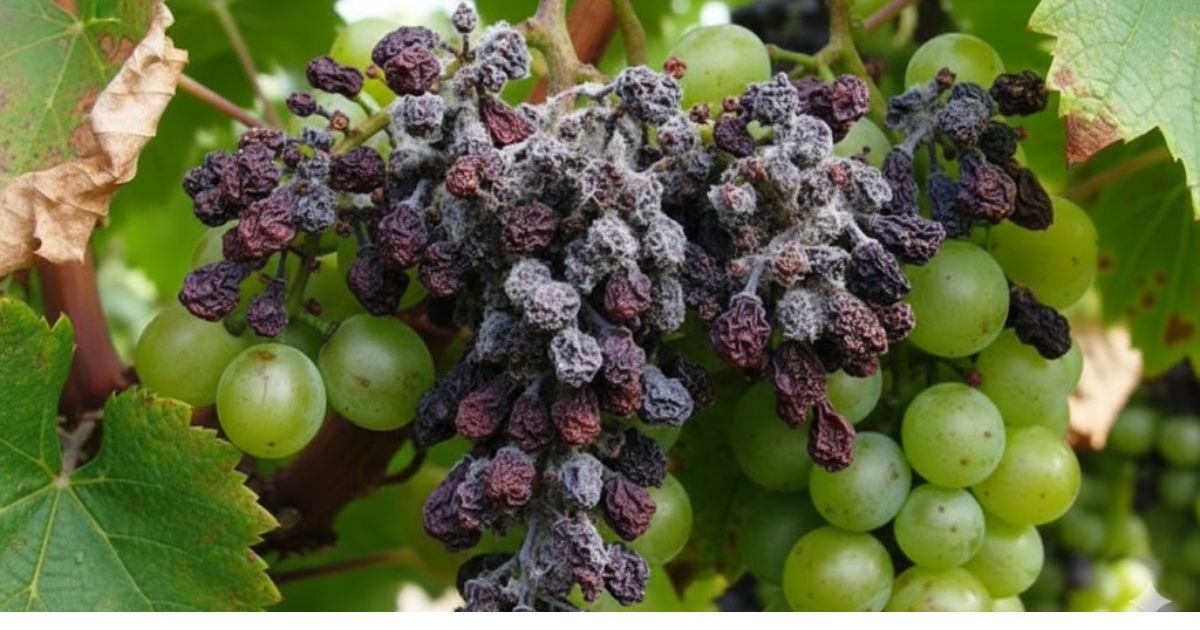Harvesting seeds from your garden is a rewarding way to become more self-sufficient, preserve your favourite plants, different kinds and avoid spending money on fresh seeds every season. You can guarantee that your garden will flourish year after year by gathering seeds from robust, mature plants. Not all seeds are ready to harvest at the same time, and knowing the right moment is key to maintaining their viability. Whether you’re collecting seeds from vegetables, fruits, or flowers, understanding proper harvesting, cleaning, and storage techniques will help you grow strong, healthy plants in the future.In this guide, we’ll walk you step by step through the process of harvesting seeds, from identifying mature seeds to storing them safely for the next planting season.
Understanding Seed Types: The Foundation of Successful Harvesting
Before you grab your shears, it’s essential to know what kind of seeds you’re dealing with. Seeds generally fall into two categories: dry and wet. Dry seeds come from plants where they mature in pods or remain in a dry state on the plant, such as beans, peas, lettuce, and many flowers like sunflowers or marigolds. Wet seeds, on the other hand, are embedded in fleshy fruits, such as tomatoes, cucumbers, or peppers. The distinction matters because harvesting methods differ significantly.
Heirloom versus hybrid seeds is another key consideration. Heirlooms are open-pollinated, meaning they’ll produce offspring true to the parent plant if not cross-pollinated. Hybrids, often labelled F1, might not breed true, resulting in unpredictable traits. For beginners, start with heirlooms; they’re more reliable for seed saving. As one guide notes, choosing open-pollinated varieties ensures your saved seeds will replicate the desirable characteristics of the original plant.
Cross-pollination is a sneaky issue. Plants in the same family, 10 Common Seed Starting Mistakes and How to Fix Them like different squash varieties, can cross if pollinated by insects or wind. To avoid this, isolate plants by distance (up to a mile for some!) or use row covers. If you’re serious about purity, hand-pollinate flowers by transferring pollen with a brush. This might sound advanced, but it’s doable even in small gardens.
Timing Is Everything: When to Harvest Seeds
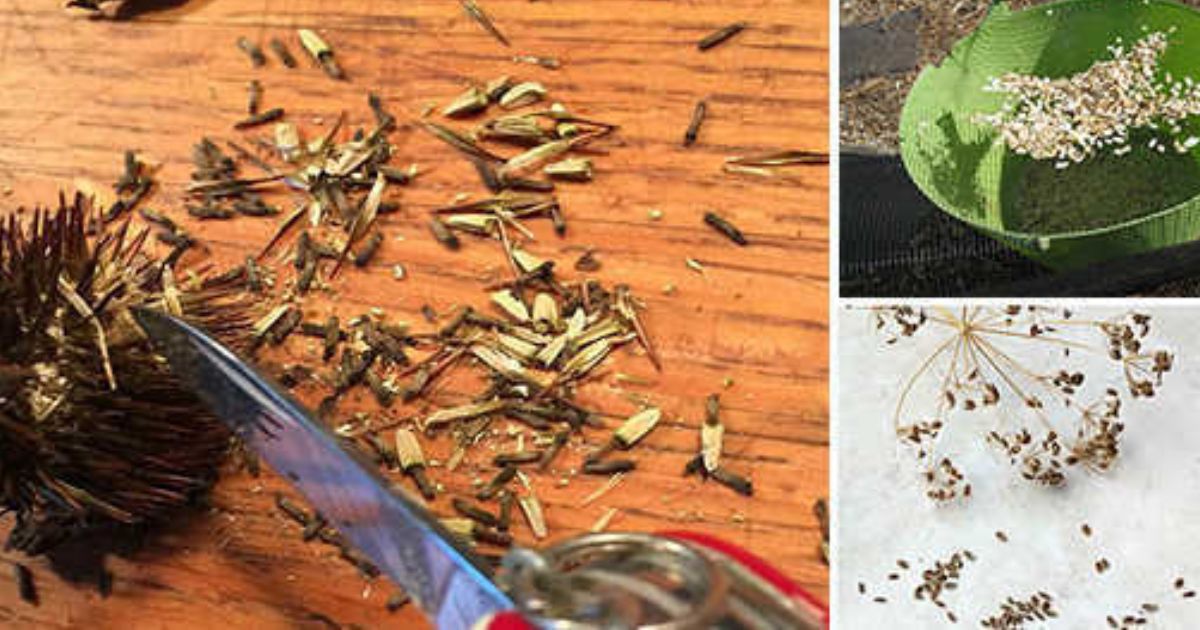
Harvesting too early or too late can ruin your efforts. The golden rule? Wait for maturity. For dry seeds, look for seedheads that have turned brown and dry, often rattling when shaken. Flowers like cosmos or zinnias are ready when petals fall and the centre hardens. Vegetables such as beans should be left on the vine until the pods are papery and crisp.
For wet seeds, the fruit must be fully ripe, sometimes overripe. Tomatoes, for instance, should be soft and bursting with juice. Pick on a dry day to prevent mould; morning is ideal after the dew evaporates. One expert tip: monitor your plants daily as seeds ripen, especially in late summer or early fall, depending on your zone. Weather plays a role too; if rain is forecast, harvest early and dry indoors.In temperate climates, aim for late August to October. In warmer areas, it might extend into winter. Always check plant-specific timelines; sunflowers take about 30 days post-bloom, while lettuce bolts quickly in heat.
Where Do Flower Seeds Come From?
Flower seeds are produced by the plant’s reproductive system, specifically from the flowers themselves. Here’s how it works:Pollination:
- Pollen from the male part of the flower (stamens) reaches the female part (pistil).
- This can happen via wind, insects, birds, or even human help.
- Fertilization:
- Once the pollen fertilizes the ovule inside the flower, a seed begins to develop.
- Seed Formation:
- The fertilized ovule grows into a seed.
- The surrounding tissues of the flower may develop into a fruit or seed pod that protects the seed until it matures.
- Maturity:
- When the seed is fully developed, Top Tips for Winter Vegetable Storage: Keep Your Harvest Fresh All Season the flower or seed pod dries out and eventually releases the seed naturally.
- Gardeners can also collect the seeds at this stage for storage and future planting.
Example:
- Sunflowers produce seeds in the large flower head.
- Marigolds form seeds inside dry pods after the petals have fallen.
- Peas and beans produce seeds inside pods that grow on the plant.
In short, flower seeds come from the fertilized ovules of flowers and are stored inside fruits, pods, or seed heads until they’re ready to be harvested.
Tools and Materials: What You’ll Need to Get Started
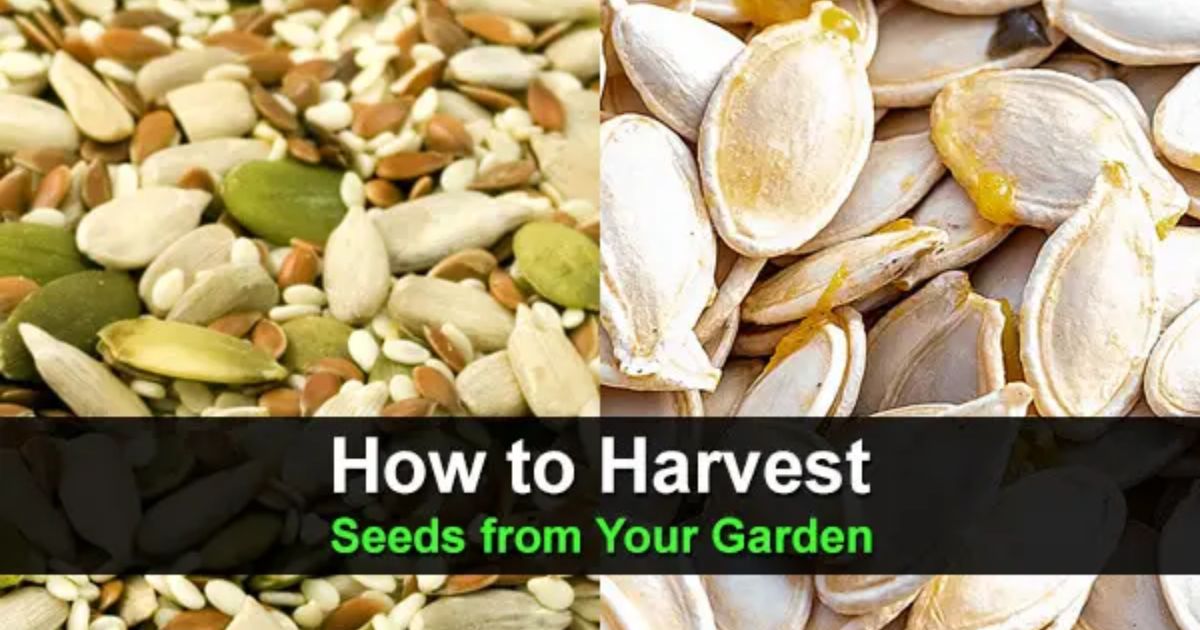
You don’t need fancy equipment, but the right tools make the process smoother and safer. Essentials include:
- Pruning shears or scissors: For clean cuts on stems and pods. Sharp blades prevent damage.
- Paper bags or envelopes: Breathable storage for drying seeds. The No-Brainer Guide to Starting Seeds Indoors Avoid plastic to prevent moisture buildup.
- Screens or trays: For air-drying, like window screens or baking racks.
- Labels and markers: Note the plant variety, date, and location, as these are crucial for organization.
- Gloves: Protect against thorns or irritants, especially with plants like okra.
- Sieves and bowls: For cleaning, particularly wet seeds.
For wet processing, you’ll need fermentation jars (glass works best) and a fine mesh strainer. Optional but helpful: a seed cleaner or fan for winnowing chaff from dry seeds. Budget-wise, you can start with household items, but investing in quality envelopes ensures longevity.
Safety first: wear gloves if handling potentially allergenic plants, and work in a well-ventilated area to avoid inhaling dust.
Step-by-Step Harvesting: Tailored Techniques for Different Plants
Let’s break it down by category, starting with dry-seeded flowers and herbs.
Harvesting from Flowers
Take marigolds: Wait until the flower head is dry and brown. Snip the head and place it. To collect dropping seeds, place them upside down in a paper bag. Shake gently to release them. For cosmos, hold the dried bloom over a plate and rub it between your fingers. The seeds resemble tiny arrows.
Sunflowers are straightforward: Cut the head when the back turns yellow-brown, hang to dry for a week, then rub to dislodge seeds. Yield? One head can give hundreds!
Vegetables with Dry Seeds
Beans and peas: Let pods dry on the vine until brittle. Harvest whole pods, shell them indoors. Lettuce: Allow it to bolt and flower; when puffballs form, collect before wind scatters them. Use a bag over the head to capture seeds.
Wet-Seeded Vegetables
Tomatoes require fermentation: Scoop the pulp into a jar, add water, and let it sit for 3-5 days until mould forms. This kills pathogens and removes gel. Rinse, dry on paper towels. The Best Containers for Seed Storage Cucumbers: Let them overripen until yellow, slice, scoop out the seeds, and ferment in a similar manner.
Peppers: Easier to cut open, remove seeds, and dry on a plate. No fermentation needed unless they’re very fleshy.
Herbs
Basil, dill, cilantro: Harvest when seeds turn brown. Cut stems, bundle upside down in bags. Shake to collect.
For all, aim for 10-20 plants per variety to maintain genetic diversity.
Cleaning and Processing: Ensuring Viable Seeds
Post-harvest, cleaning is key to preventing rot and disease. For dry seeds, winnow: Pour between containers in a breeze to blow away chaff. Or use screens of varying sizes.
Wet seeds: After fermentation, rinse thoroughly until clean. Spread on non-stick surfaces like wax paper; avoid paper towels that stick.Dry everything in a warm, airy spot (70-80°F) for 1-2 weeks. Stir daily. Test dryness by bending; seeds should snap, not bend.For tiny seeds like those from poppies, use envelopes and gentle shaking. A Reddit user suggests germ-testing a sample: Ten seeds should be spread out on a damp paper towel, folded, bagged, and checked for sprouts after a week. Aim for 70% viability.
Storing Your Harvest: Long-Term Preservation
Proper storage is the make-or-break for seed longevity. Use airtight containers like glass jars or foil packets. Add silica packets for moisture control. Store in cool, dark places, fridges for long-term (up to 5 years for many veggies), or freezers for decades.Label meticulously: Variety, harvest date, notes on parent plant. How Banana Flowers Are an Unexpected Superfood Packed with Common lifespans: Tomatoes 4-7 years, beans 3-5, flowers like marigolds 2-Avoid fluctuations in temperature or humidity. One pro tip: Vacuum-seal for extra protection against pests.
Common Mistakes and Expert Tips for Success
Beginners often harvest too soon, leading to immature seeds that won’t germinate. Always err on the side of over-drying. Another pitfall: Ignoring cross-pollination can result in “mystery” plants next year.
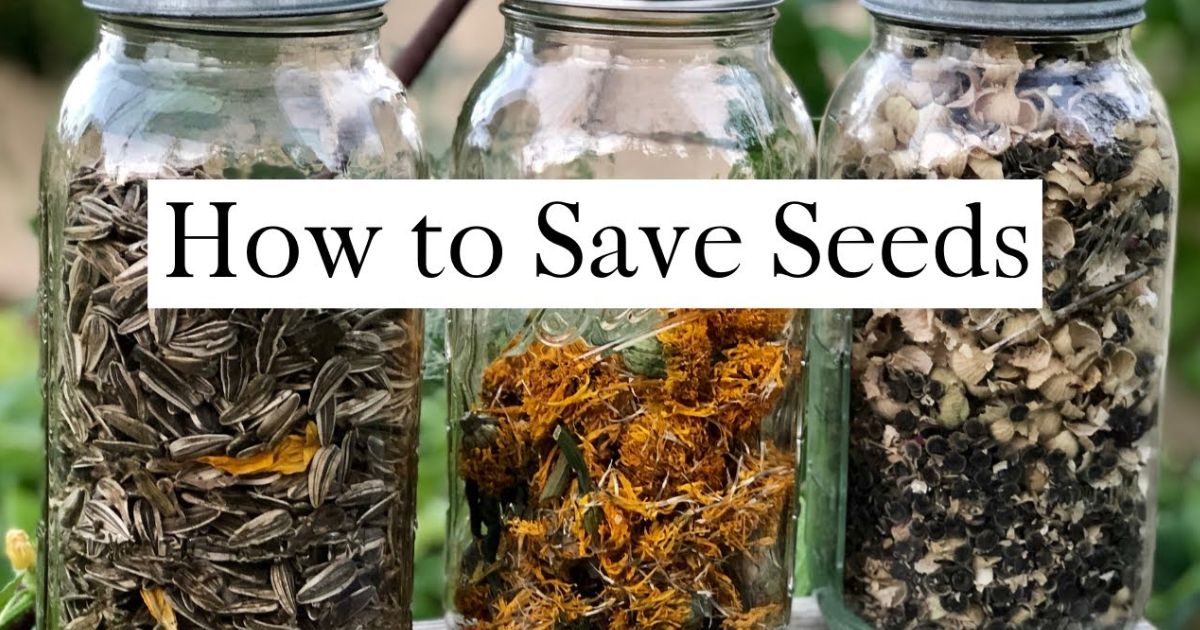
Tips: Start small with easy plants like beans or nasturtiums. Join seed-saving communities for swaps. For tiny seeds, use static electricity rub a balloon on your hair and hover over to attract them.
Conclusion
Harvesting seeds is a simple yet powerful way to preserve your favourite plants, save money, and enjoy a thriving garden year after year. By learning to identify mature seeds, properly clean and dry them, and store them under the right conditions, you can ensure healthy plants for future seasons.
Whether you’re collecting seeds from vegetables, fruits, or flowers, each step from choosing the right moment to safe storage makes a big difference in seed viability and germination. With a bit of practice, you can become a confident seed saver, contributing to a more sustainable and self-sufficient garden.Start harvesting your seeds today, and watch your garden continue to flourish season after season.
FAQ
How do I know when seeds are ready to harvest?
Seeds are usually ready when the flower, fruit, or seed pod is fully mature and dry. Look for signs like browning, drying, or splitting open of the seed container. Seeds that are harvested too early may not germinate.
Can I harvest seeds from hybrid plants?
You can, but hybrid seeds may not produce plants identical to the parent. If you want true-to-type plants, it’s better to harvest seeds from heirloom or non-hybrid varieties.
How should I store seeds to keep them viable?
Seeds should be kept in a dark, dry, and calm environment. Use airtight containers like glass jars or paper envelopes, and label them with the plant name and harvest date. Proper storage can keep seeds viable for several years, depending on the plant.
What is the easiest plant to harvest seeds from for beginners?
Sunflowers, beans, peas, marigolds, and zinnias are great starter plants. Their seeds are easy to collect and store, making them perfect for first-time seed savers.
How long can harvested seeds last?
Seed longevity varies by plant, but many vegetable and flower seeds can remain viable for 1–5 years if stored properly. Some hardy seeds, like tomatoes or lettuce, can last even longer.

